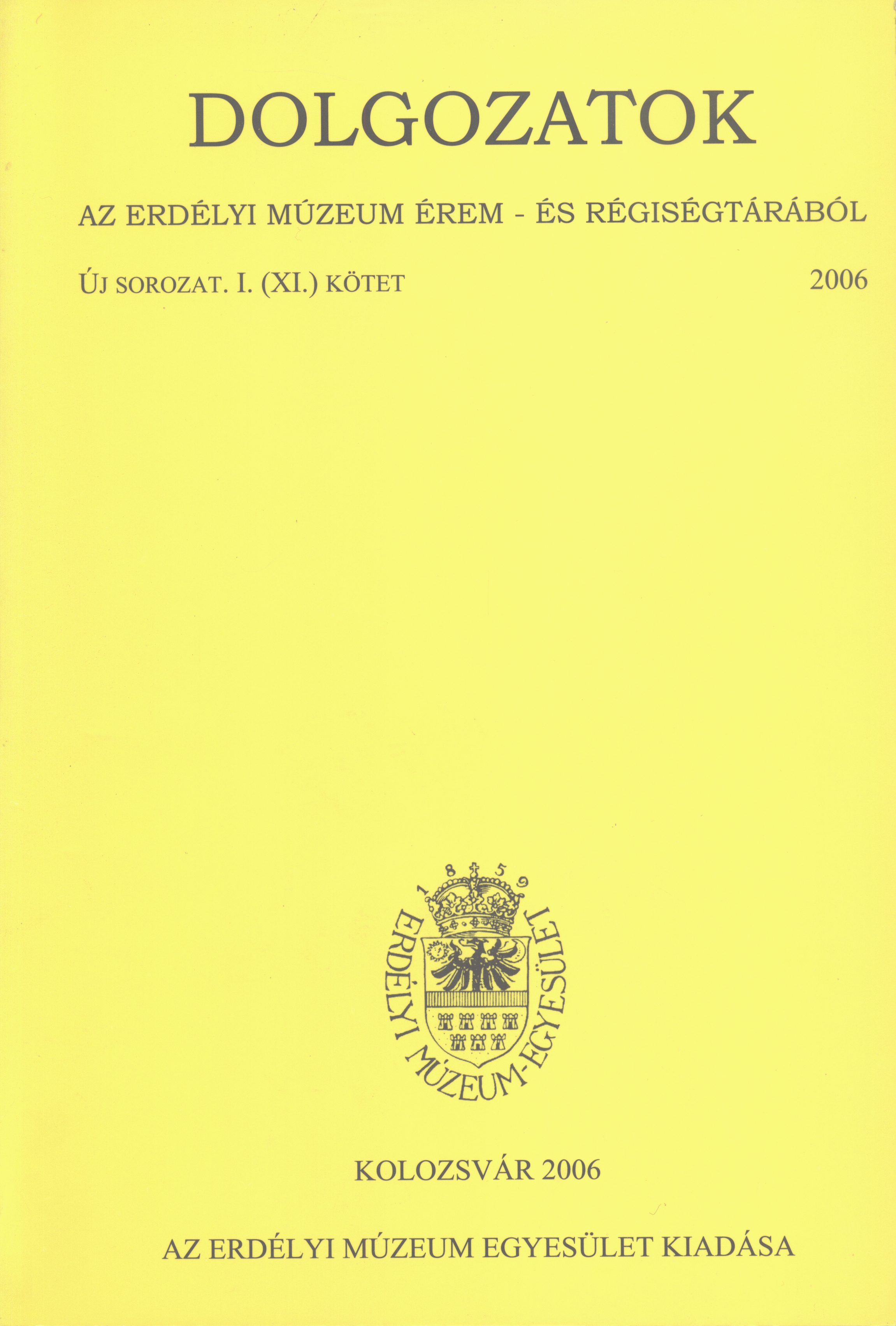
We kindly inform you that, as long as the subject affiliation of our 300.000+ articles is in progress, you might get unsufficient or no results on your third level or second level search. In this case, please broaden your search criteria.


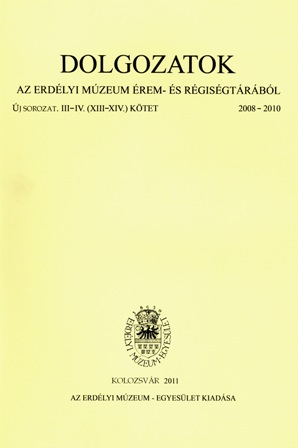
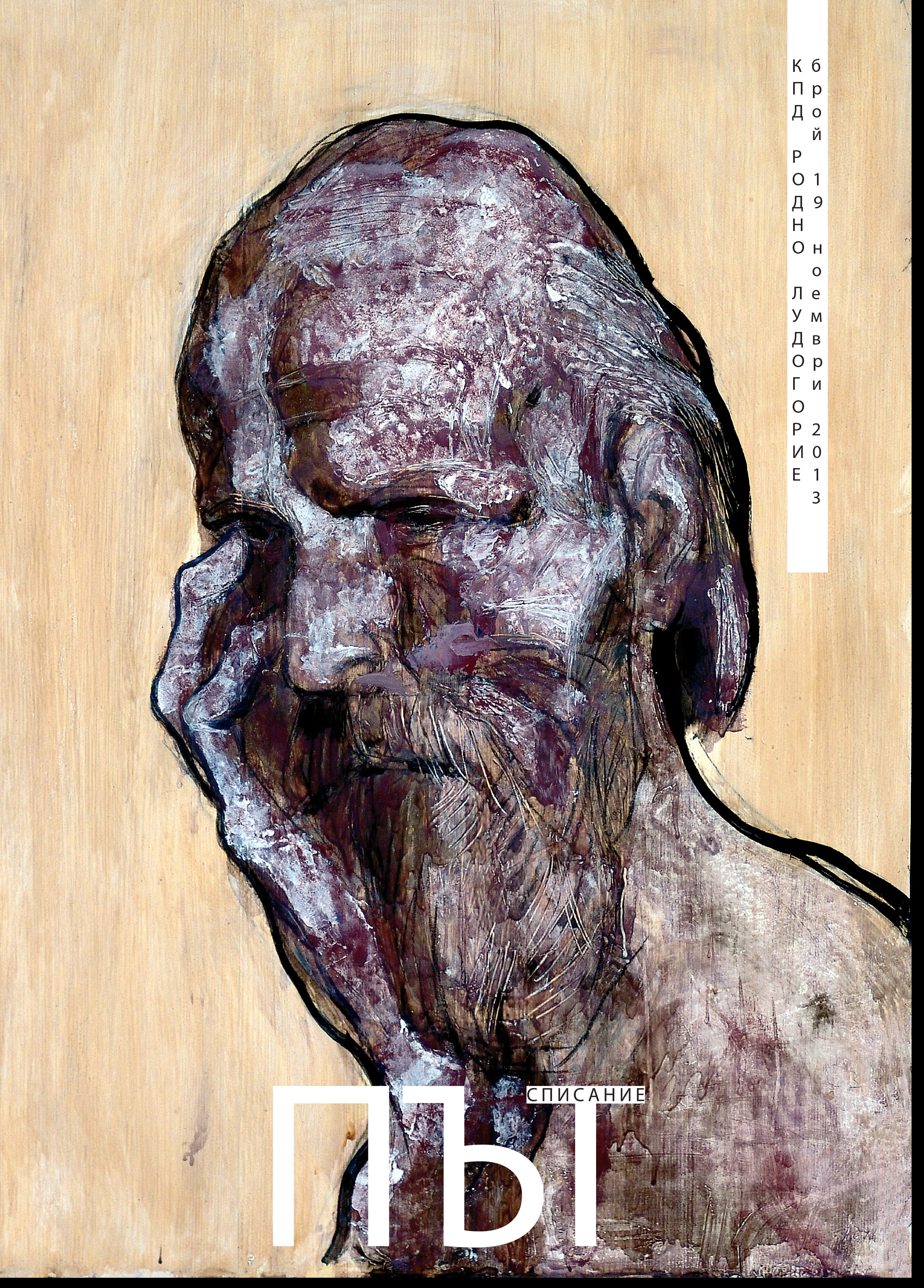
Conversation between Dr. Anatoli Kanev and Prof. Dr. Miliyana Kaymakamova about Bulgarian history and role Politics played in different periods of it. There is one question to be answered and it is: How to make history "interesting" in suited in the modern society?
More...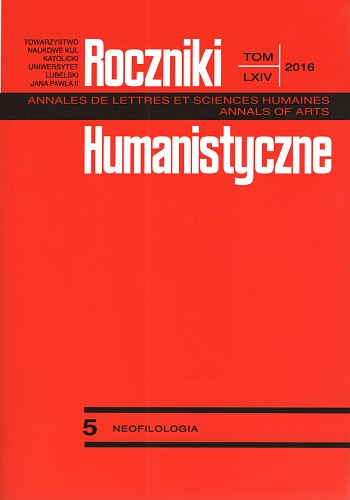
This article discusses an observable revival of the interest in the Middle Ages in Germany. This phenomenon—sometimes called medieval renaissance—manifests itself particularly in various areas of popular culture. To prove the thesis posed, the author analyses a handful of these areas, that is: exhibitions, historical reconstructions and imitations of medieval fortresses and settlements, social and computer games as well as reconstructed medieval fairs and chivalry contests. The article presents a survey of the past and present cultural events serving as evidence in favour of the main thesis. At the same time, the author asks about the reasons for this increased interest in the Middle Ages. Representative opinions of historians and other specialists, as well as fans of the Middle Ages seem to suggest one clear answer: the 21st-century man yearns for an alternative reality, dissimilar to the fast and noisy contemporaneity. The Middle Ages offer a shelter based on the strong foundations of the fixed medieval reality and the stable system of values.
More...
The paper reconstructs the place and role of solar and lunar optical phenomena in the sacral picture of the universe by the Eastern Slavic society during the pre-Mongol period. The written and folk interpretation of halo traditions, solar and lunar shine is analyzed. The views on atmospheric diffraction phenomena as weather signs and omens of political changes are also investigated. The people of Old Rus’ believed that simple halos defined weather changes. At the same time, complex halos predicted victory or political crises and signified holiness of the deceased person. The common mind connected the sacred solar and lunar halos with the figure of prince and (in the Christian era) saint pretenders. The folklore also associated the phenomenon of halo with the special solar and lunar sacred activities. The literary presentations of complex halos could reflect the biblical semantics of light and glow as heavenly fire and evidence of the glory of God.
More...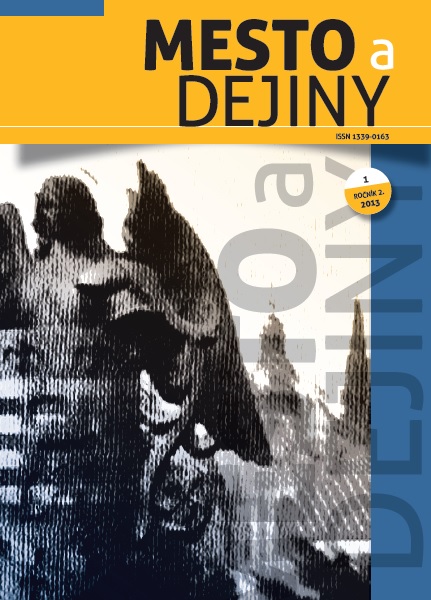
Medieval towns were not an isolated island, but a living organism with intense interactions with its environment. From a demographic point of view they were dependent on the flow of people from beyond its walls. The town needed new people to its natural development and functioning. In the example of five Slovak towns (Bratislava, Trnava, Bardejov, Prešov, Košice), we have shown how immigration and immigrants contributed to their demographic picture. The main sources for exploring this question were the registers of new burghers and also the tax registers. These sources, however, do not register low-income inhabitants forming a significant part of the urban population. Therefore, on the basis of their analysis, we can not form a realistic picture of the immigration. German patriciate played a leading role in researched towns, what is reflected by the data coming from the registers of the burgher rights acceptance. They provide evidence that the burgher rights were granted mostly to the persons of German nationality (except Trnava). The regular trade contacts with foreign countries have led to the immigration of foreigners mostly of German origin. Location of the city and its surrounding neighborhood with different ethnicity played also its role.
More...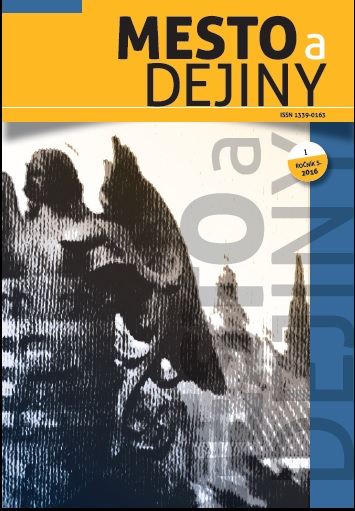
The study presented sets its aim as setting out the key themes and significance of the complex research of the municipal offices, using the example of Bohemia and Moravia, so the knowledge gained could become an indispensable base for further study of urban history. Despite the undoubted difficulty, which is placed on the researcher of research focused in this way, the reconstruction of the Hradec (Králové) municipal office activities to 1620 for instance proved that even with the greatly fragmentary nature of the material, it is possible to reach quite fundamental knowledge on the development of the Bohemian urban milieu, especially thanks to overcoming the formal diplomatics analysis and studies of the isolated sources and thanks to the use of knowledge from a number of historical disciplines. Another indisputable advantage is monitoring a longer time period of the development of the relevant office, which can easily reveal the progress or regress of the individual towns, that had not yet formed a homogeneous whole in Bohemia and Moravia even in the period of the Early Modern Period, namely not even in the case of royal towns. This certain individual nature is typical also for the area of municipal offices, the organizational structure of which and the method of keeping the documents reflect the importance and emancipation of the relevant urban milieu and generally also the number of its denizens. It was only the reform interventions of Maria Theresia and especially then Joseph II that created the new conditions for the development of municipal office practices and for their unification, which arose from the new classification of Bohemian and Moravian towns.
More...
Savaşlar tarihin kırılma noktalarını bazen de en önemli gelişme aşamalarını oluşturur. Türklere Orta Doğu’nun kapısını açan Dandanakan (1040), Orta Avrupa’da durmamızı temsil eden Viyana Kuşatması (1683) ya da Türk Devrimin askeri zaferi olan Başkomutanlık Meydan Muharebesi (1922) gibi savaşlar tarihin köşe taşları, yol kavşaklarıdır. Savaşlar tarihin en katı gerçekleridir ve tarih boyunca barışa ancak savaşlardan geçerek ulaşıldı. Savaş; barışın, özgürlüğün, bir şeylere sahip olabilmenin ödenen ağır bedelidir. Uğrunda savaşmaya değer şeylere sahip oldukça savaşı beklemek gerekir. Türk tarihi savaş, göç ve kültür tarihidir. Türkler coğrafyaya ve zamana meydan okuyan bir millettir; zamanın bilinen bütün coğrafyalarında savaştılar, devletler kurarak yaşadılar. Türk tarihinde siyasi olgular, kültürel gelişmeler, sosyal aşamalar savaşlar ile başlar ve savaşlarla sonlanırlar. Sık sık yaşanan savaşlar Türk tarihinin en belirleyici öğesi olagelmiştir.
More...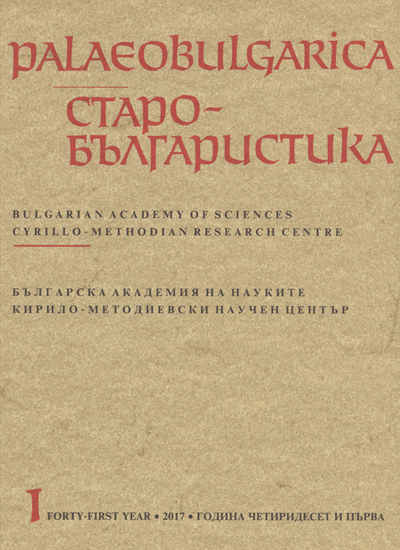
The notes on Maria Lekapene, the granddaughter of the Byzantine Emperor Romanos I Lekapenos and on her husband, Peter of Bulgaria are to be found in several medieval Russian historiographical texts: in the Russian Primary Chronicle, in the second edition of the Hellenic and Roman Chroni¬cle from the first half of the 15th century and in two related compilations of the sixteenth century, i.e. the Russian Chronograph of 1512 and the Nikon Chronicle. There is no doubt, that Old Russian authors derived information primarily from the Old Bulgarian translation of the B-edition of the Georgius Monachus Continuatus. In Old Russian texts we can find dependencies on the chronicles of John Zonaras and Constantine Manasses (known in their Slavic translation) as well as the elements taken from the medieval Bulgarian sources (glosses to the text of the chronicle of Constantine Manasses and the lives of St. John of Rila).
More...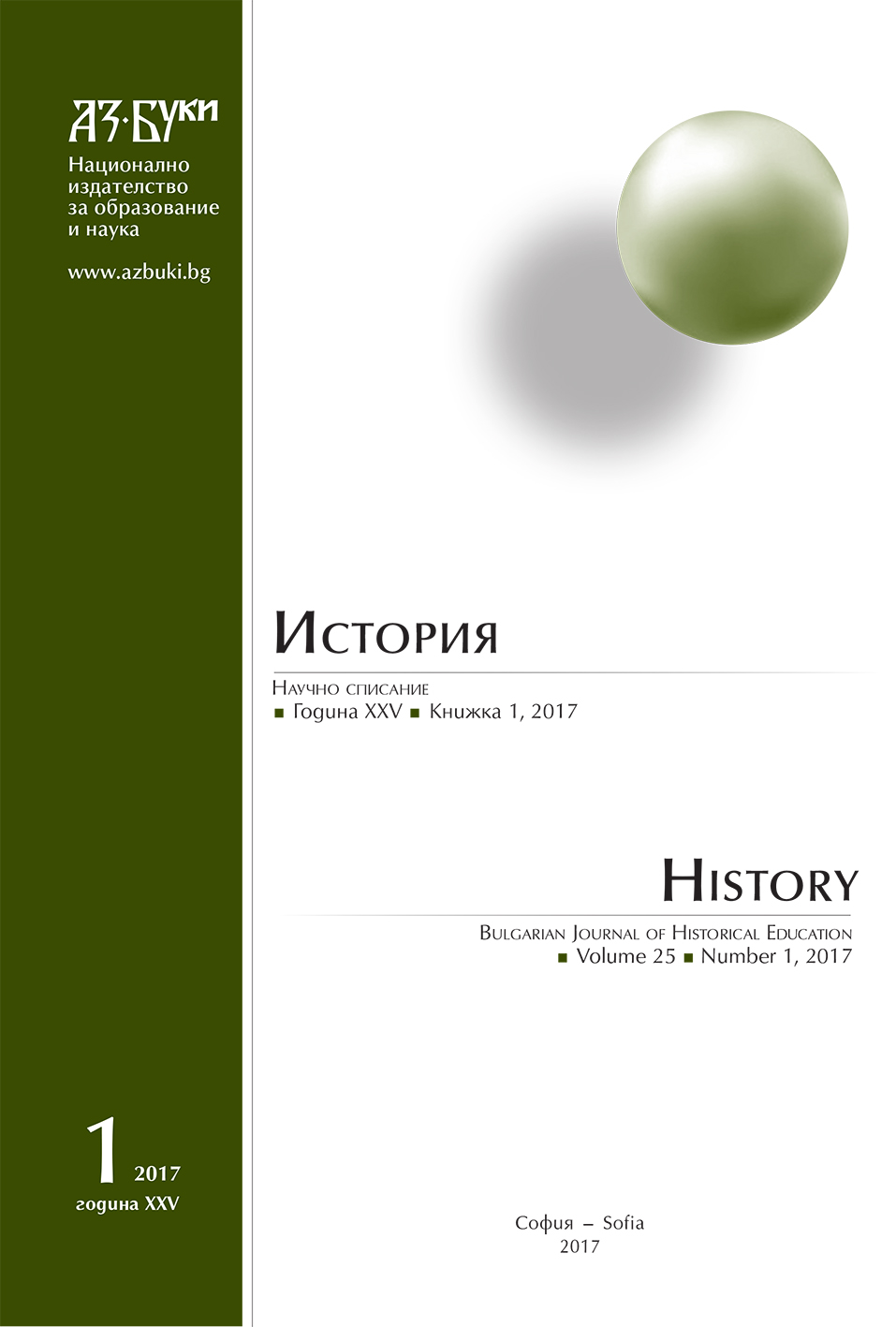
Saint Domnius is one of the saints most venerated in Dalmatia. He was patron of the city of Split. His life is surrounded by a number of controversial moments. There are two main thesis. He was born in Antioch but when he was born. According to the first thesis he lived during the time of Saint Peter and was appointed bishop of Dalmatia by him. The second version claims that he lived in the time of Emperor Diocletian (284 – 305) and was martyred at his order. Saint Domnius was buried in Salona. His relics are moved to Split in the beginning of VII c. and placed in the mausoleum of Diocletian which was transformed into cathedral. The text focuses on translation of relics to Rome which took place in the middle of VII c. Last part of the text is about the Festivity of Saint Domnius in Split and the important consecration of the new baroque altar in 1770 when the relics were moved for the last time.
More...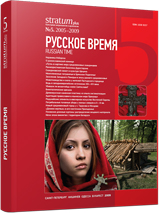
Old Russian settlers brought new ideology on the territory of the Kama River Region – Slavic and Finnish paganism and Greek Christianity, as it is usually said about the finds of religious pendants, signs of temples, peculiarities of burials. Inculcation of Christianity had taken place during 3 main periods.First period (10th – 13th centuries) is acquaintance (passive). In many respects it is characterized by accidental and elementary emergence of Christian attributes in the Kama Region. A part of these things were found in composition of necklaces in Finn-Perm burial places, possibly playing role of pendants, which were endowed with some sacred functions. Other things were worn with other pendants, but were considered Christian. They were found with their bearers.Second period (13th – 16th centuries) is an active stage. It coincides with Old Russian population of Kama basin and bringing real Christianity among the local population, but with preservation of religious syncretism. It is characterized by decoration of Christian advents on territory of Volga’s Bulgaria, Vyatka territory and the Great Perm. It is connected to a marked degree with missionary activity of first priests of this land including Stephan of Perm and Trifon Vyatskiy. This period is documented by findings of numerous Christian worship items. Christian funeral ceremony, which preserved separate pagan relicts, was confirmed.Third period (17th – 19th centuries) is state one (massive). It is conditioned by processes of inner colonization of the Kama Region. This period was accompanied by different forms of Christianization of indigenous pagan inhabitants assisted by the state. It is characterized by active construction of churches and cloisters, inculcation of Christian morale, spirituality and culture in non-Russian society. Ritualism of Christian advents finally fixed and unified in this period. It was reflected also in archeological sources. Archaic elements remained in old-ceremony society. These elements also had influence on foreign material and spiritual culture.
More...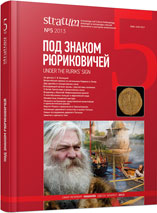
The article presents archaeological research of trench VII on the area of 122.5 square meters within the boundaries of the Bolshoy Uspensky Monastery in Tikhvin. Disclosed were undisturbed cultural layers, the earliest of which date back to existence of Pretchistensky churchyard. The researchers examined graves of the monastic cemetery (65 graves dated by 18th—19th cc.) in the western part of the trench and defined its eastern border. In the central part of the trench, a fragment of the foundation of the western wall of the Zhitennye cells (barn cells) (this part of the building was disassembled) and foundation trench for the eastern wall of the cells were examined.As a result, we have identified main stages in development of the site, which are confirmed by written sources. First stage (12th—14th centuries) — primary population of this territory; second stage (15th — middle of 16th century) — the settlement prior to construction of the monastery; third stage (second half of 16th — 17th century) — reclaiming of territory by the monastery, construction of the wooden Zhitennye (“barn”) monastic cells; fourth stage (turn of 17th/18th — early 19th century) — stone construction, functioning of the monastic cemetery; fifth stage (middle — second half of the 20th century) — “civil” use of the monastery’s territory. Collection of ceramic material and individual findings can quite accurately date the stratigraphy.
More...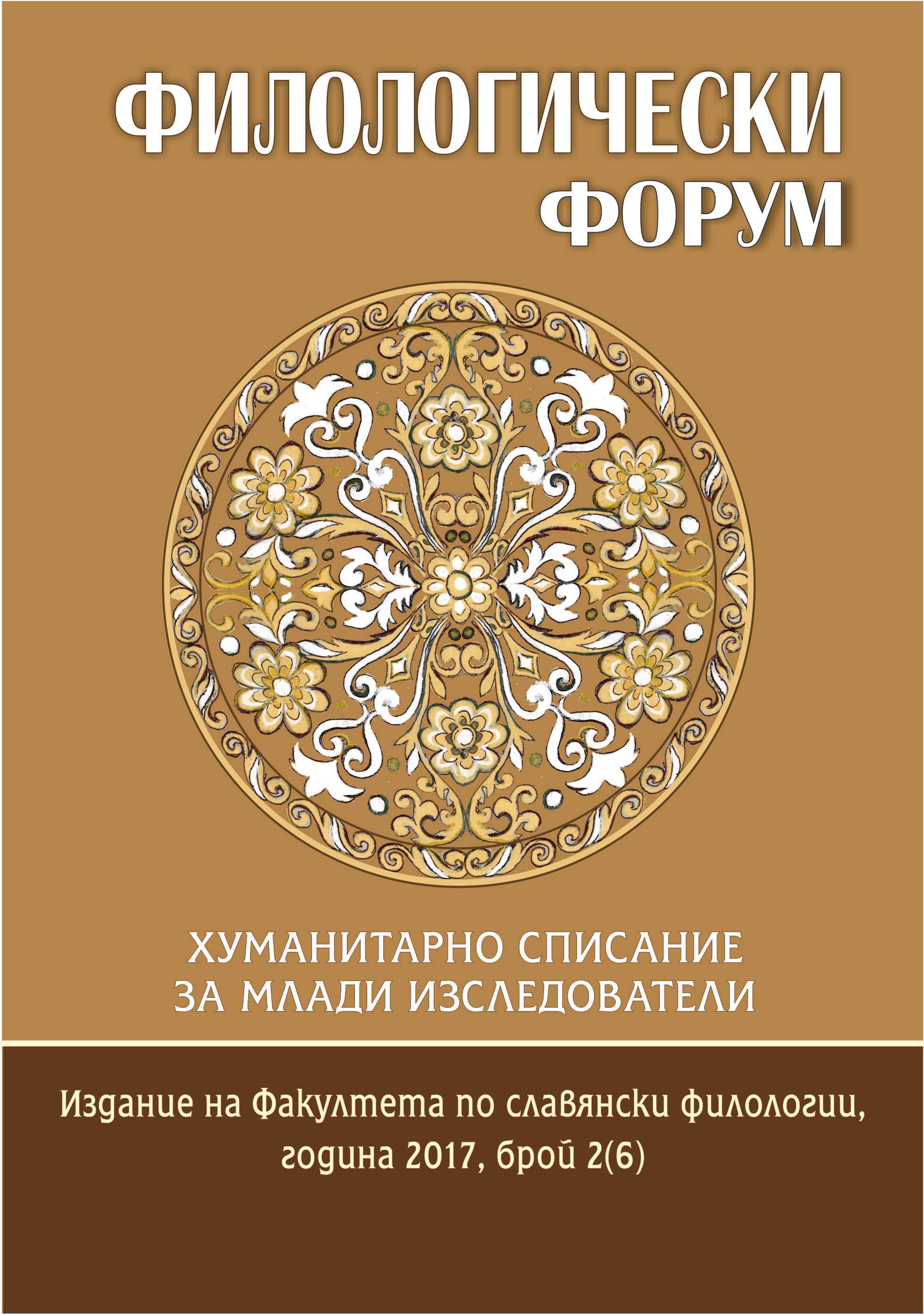
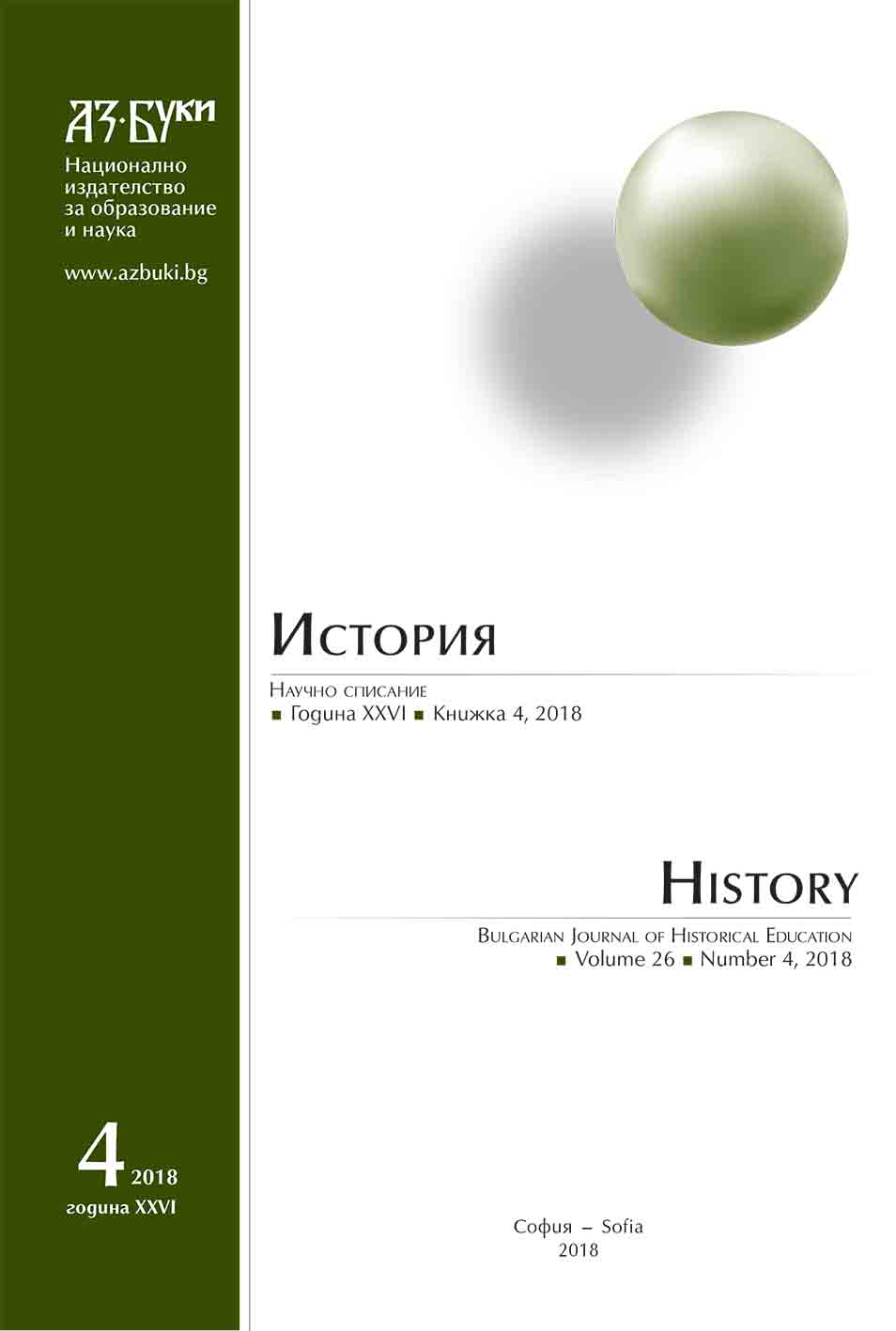
The article focuses on the semi-autonomous possessions in the north-western Bulgarian lands between the end of the XII and the beginning of the XIV century. The main accent is placed on Vidin region. The political model formed there at the end of the XIII and the beginning of the XIV century was mentioned as the basic prerequisite for the future development of the area in the middle and the second half of the XIV century.
More...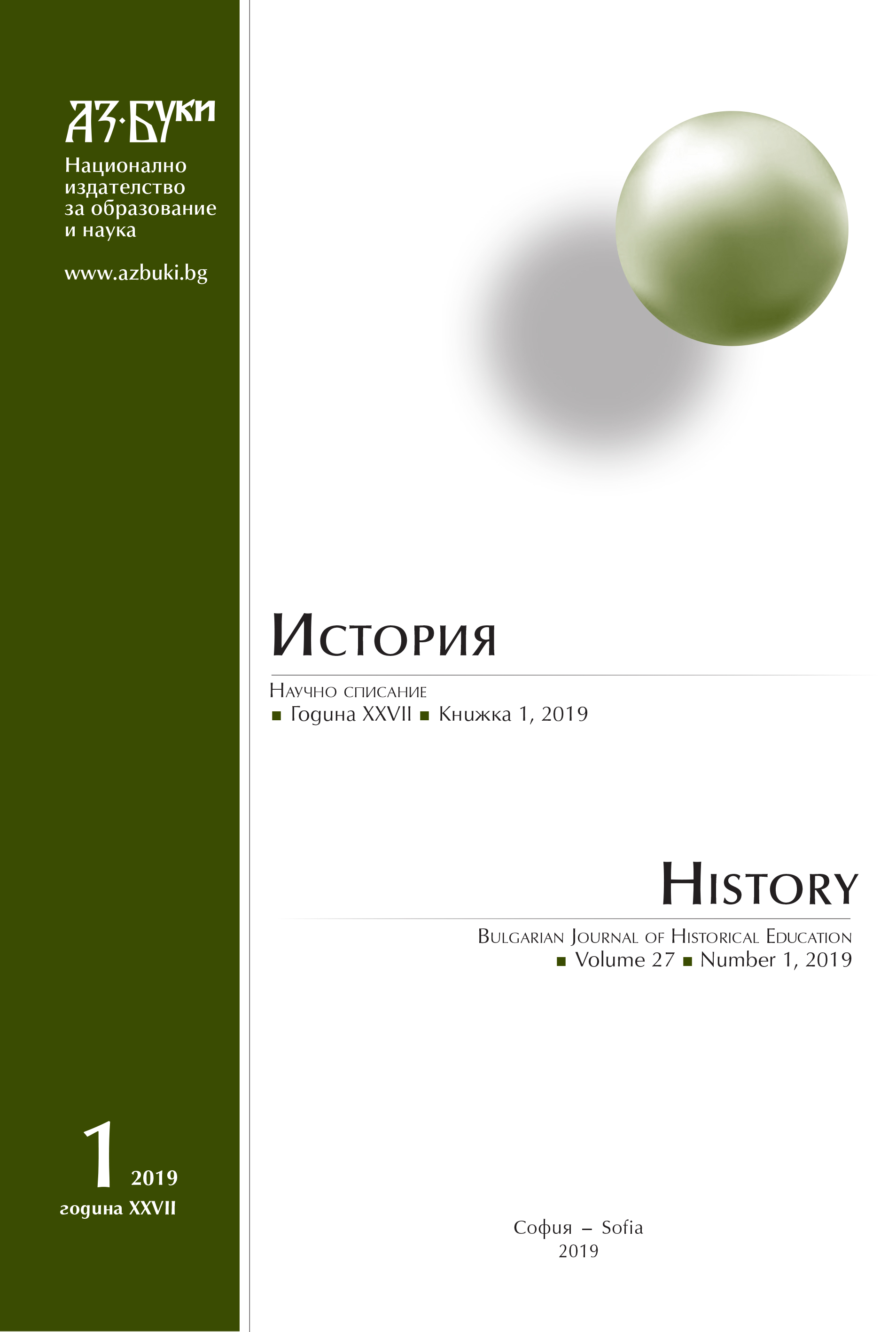
In medieval Georgian fine art, images of supreme secular authorities—such as kings, queens, and feudal lords—hold a significant place alongside purely religious scenes. These figures, often depicted in their distinctive vestments and insignia, denote their social status. Frequently, they are shown alongside divine beings in symbolic compositions, which not only convey their spiritual salvation but also assert their divinely sanctioned power. The earliest examples of such stone sculptures in Georgian art date from the 5th to the 11th centuries. These depictions are commonly found on early medieval stone crosses, chancel barrier tiles, and church facades. This article examines the portrayal of secular authorities in medieval Georgian sculpture and their attributes, placing these depictions within a cross-cultural context that includes Byzantine, Armenian, and Iranian influences. By analyzing the images of secular authorities, their attributes, and accompanying inscriptions, the article illustrates the power of Georgian medieval rulers expressed through local regalia. It will also explore political orientation of the State and cultural influences between Georgia and its neighboring countries. The article will overview the information supported by historical sources. Additionally, the article discusses the placement of sculptural images of secular authorities on church facades and their artistic features. It assesses how artistic trends of the same period of Georgian sculpture— such as stylistic innovations, the continuation of local traditions, and influences from neighboring countries—affected these works.
More...
The Bulgarian ruler Boris understood that a pagan Bulgaria was no longer possible and, therefore, after much hesitation and exploration, decided to embrace Byzantine-rite Christianity in the year 865. Although at one point he turned his back on Byzantium, seeking to fulfil his aspirations for political and ecclesiastical independence within Western Christianity, he ultimately returned, along with his subjects, permanently under the authority of the Byzantine Church in the year 869. The process of Christianizing the Bulgarians, who were granted extensive autonomy within the Eastern Church under an archbishopric, was completed through the adoption of the Cyrillo-Methodian mission, which had been uprooted in Moravia, and through the reception of a large number of their disciples, particularly Clement, Naum, and Constantine the Presbyter.
More...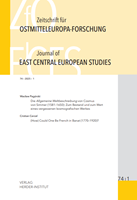
Review of: Pavel Krafl: Dějiny církevního práva v českých zemích ve středověku. [Geschichte des Kirchenrechts in den böhmischen Ländern im Mittelalter.] (Ius canonicum medii aevi, Bd. 3.) Středoevropské centrum slovanských studií. Olomouc 2022. 412 S. ISBN 978-80-86735-21-4.
More...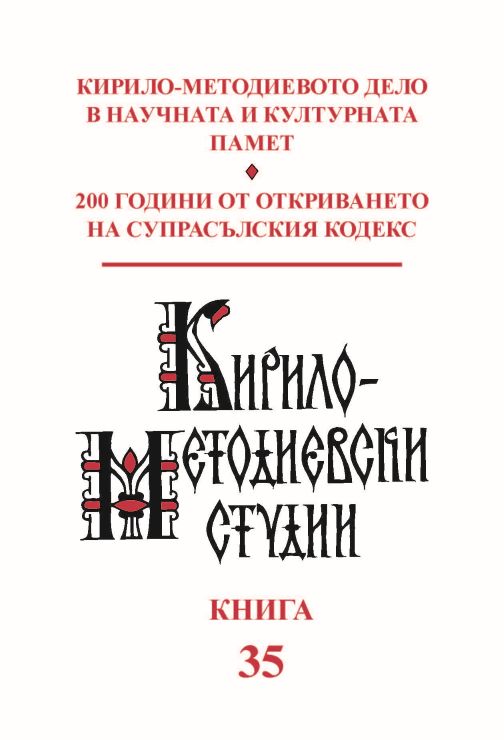
The authors aim to re-examine the first translated Slavonic legal texts through the prism of ideological conceptualisation and various socio-political models in the reception of Byzantine culture. In this sense, law is not only a value but also a protector of other values, since the creation of a normative system is essential for the entire civilisational complex. The study proposes an ideological, thematic and chronological classification of the known legal models. It is based on their different functions in Great Moravia and the First Bulgarian Empire: Christianisation, unity of the state, evangelisation of all Western Slavs in the so-called Great Moravian legal monuments, subordinated to the missionary work of Sts Cyril and Methodius. In the Preslav circle – ideological justification of Tsar Symeon’s imperial claims and sign of identity in direct relation to the heritage of the Roman Empire and the Pax Romana. In addition to these, and as a conclusion to this relatively early process of legal reception, the Nomocanon of St. Sava of Serbia of the early 13th century stands out. It summarises the achievements of the previous three centuries and offers perspectives for further development.
More...